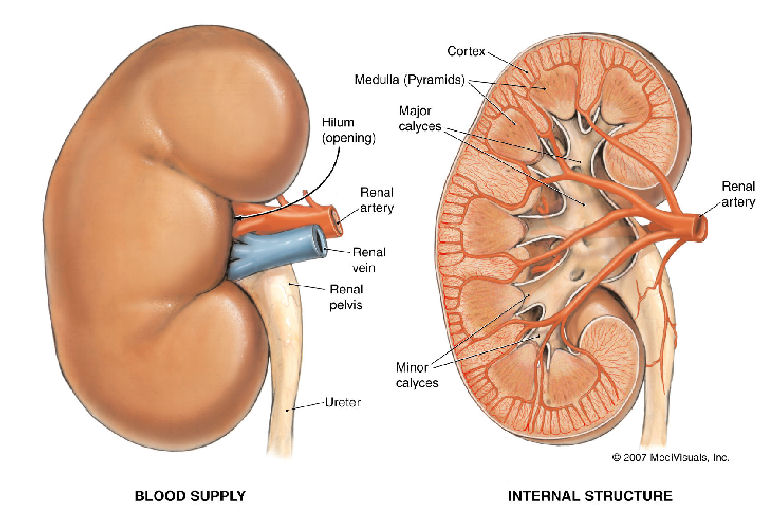167.HOW DO OUR KIDNEYS FUNCTION?
The kidneys, two flat, bean-shaped, solid organs, are among the most important in our body. About 10 centimeters, they lie on each side of the spine near the waistline.
The kidneys remove unwanted substances from the body. It is just as important for the body to get rid of what it doesn’t need and can’t use as it is for it to take in what it needs. They also regulate the amount of water and other substances in the blood.
In the outer part of each kidney, the blood capillaries form tiny loops that make up a ball-like shape covered by a delicate membrane. In each kidney there are about 1,500,000 of these tiny balls called glomeruli. More blood flows through the kidneys every minute than through any other organ. The glomeruli allow some of the fluid of the blood which carries the finest dissolved materials to pass through their membranes.
The fluid that passes through is called urine. It is collected within the cuplike wall which covers each glomerulus. A very delicate tube called a tubule drains the urine from the cups.
As the urine flows through the tiny tubules, the lining cells are busy exchanging materials between the blood and urine. Substances that the body needs are taken back into the blood. In this way, sugar is not lost from the body.
Much of the water in the tubules also returns to the blood. In this way, the kidneys help to keep the body properly moist. If a person is perspiring or is not drinking enough water, the kidneys will return more fluid to the blood. Then less urine is formed, too. The kidney tubules also help regulate the acid in the blood.
All the small tubules collect in the inner part of each kidney and open into a delicate sac, the pelvis of the kidney. The urine then goes down two tubes called ureters that connect each kidney with the bladder.



Leave a Reply